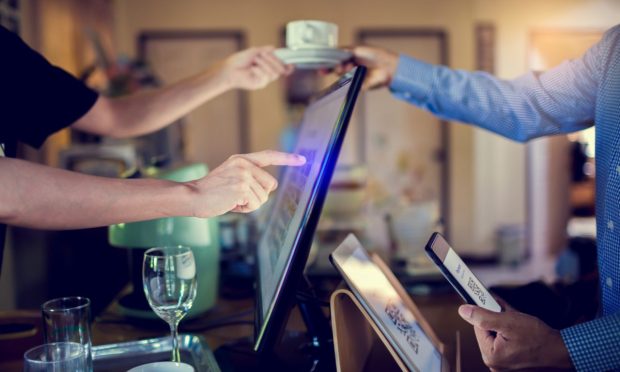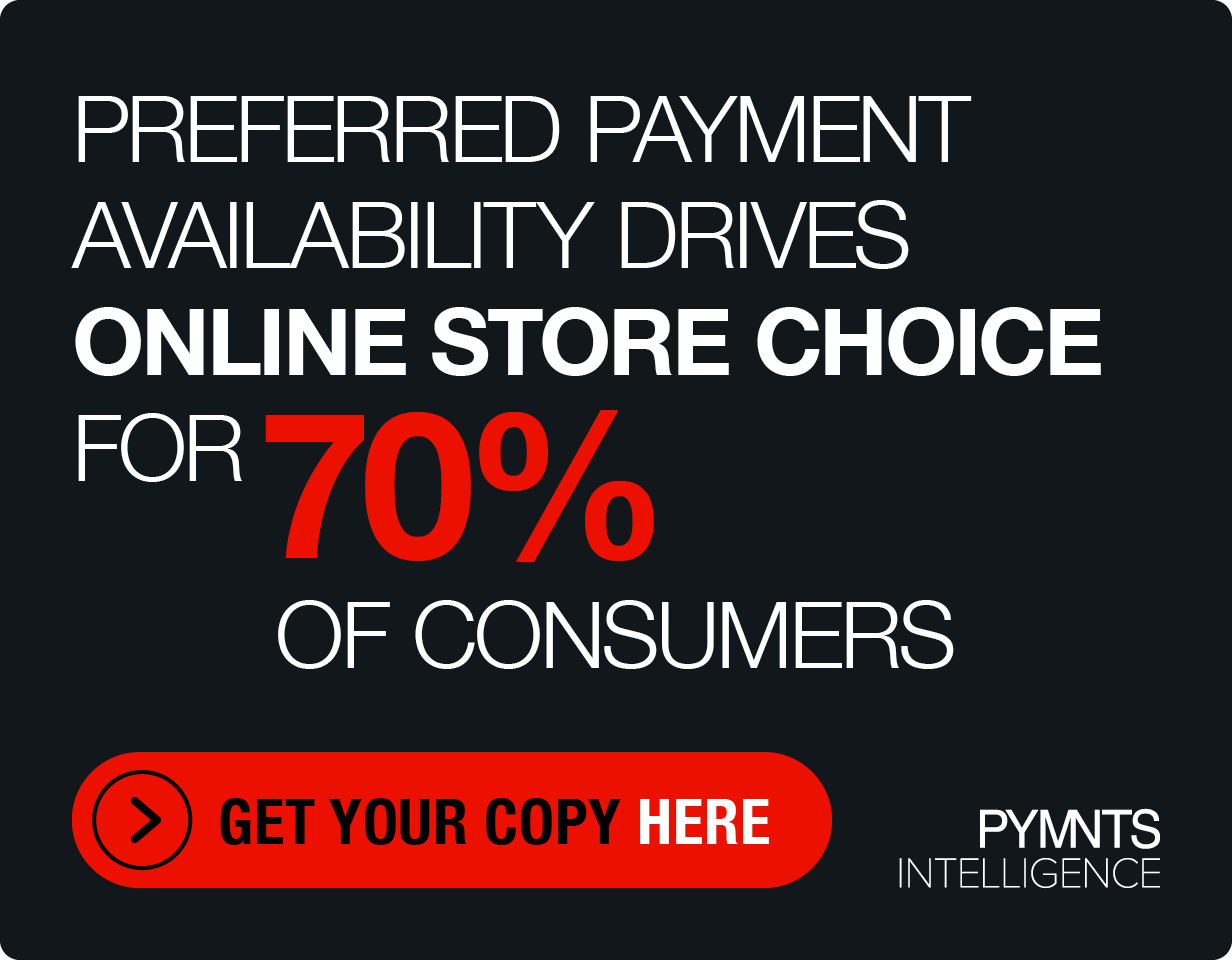Cross-Brand Data-Sharing Reduces Restaurant Payment Friction

Restaurant technology company Olo is aiming to improve the payment process and sales by allowing customers to use saved information across brands through its “new Borderless” feature.
While discussing its third quarter 2022 earnings release Wednesday (Nov. 9), the B2B software-as-a-service (SaaS) platform said that boosting the customer experience can also serve as a hedge against inflation for restaurants by way of higher sales.
“By eliminating the need for guests to create an account, remember a password or manually enter payment details at every purchase, ‘Borderless ’ strives to help restaurants meaningfully increase basket conversion, retention and visit frequency, driving increased revenue and profitability,” Founder and CEO Noah Glass told analysts on a call. “Borderless also aims to enable brands to capture valuable guest data on more orders that were previously anonymous, adding new guests and order data to their guest data platform.”
Online ordering through restaurants’ direct channels makes up a significant share of total restaurant orders, though it remains far less popular than traditional channels, according to data from the October edition of PYMNTS’ Restaurant Digital Divide report, “The 2022 Restaurant Digital Divide: Restaurant Apps And Websites In The Spotlight.”
The study, which draws from a census-balanced survey of nearly 2,000 U.S. consumers, finds that 16% of consumers primarily order food via restaurants’ direct ordering channels such as their website or their app. Meanwhile, only half that share (8%) stated that they mainly order food via third-party aggregator.
Get the study: The 2022 Restaurant Digital Divide: Restaurant Apps And Websites In The Spotlight
Overall, however, the industry has been facing inflation-related pressure, in terms of both the margin impact of absorbing much of these price increases and, on the consumers’ side, trade down to less expensive food-at-home options. These trends decrease the total number of restaurant transactions, impacting Olo’s business, but Glass argued that they also create a greater demand for technology that improves the restaurant experience, boosting customer retention.
“As restaurant executive and operator conversations increasingly focus on sales and margin maintenance due to challenges related to increased inflation, supply chain constraints, and labor dynamics, we believe that Olo’s platform is best positioned to meet restaurants’ needs,” Glass said in a statement accompanying the earnings release.
Research from the August edition of PYMNTS’ Consumer Inflation Sentiment study “Consumer Inflation Sentiment: Inflation Slowly Ebbs, but Consumer Outlook Remains Gloomy,” which drew from a survey of more than 2,100 U.S. consumers, noted that 78% have been eating at home more often to save on the cost of dining out.
Read the report: Consumer Inflation Sentiment: Inflation Slowly Ebbs, but Consumer Outlook Remains Gloomy
